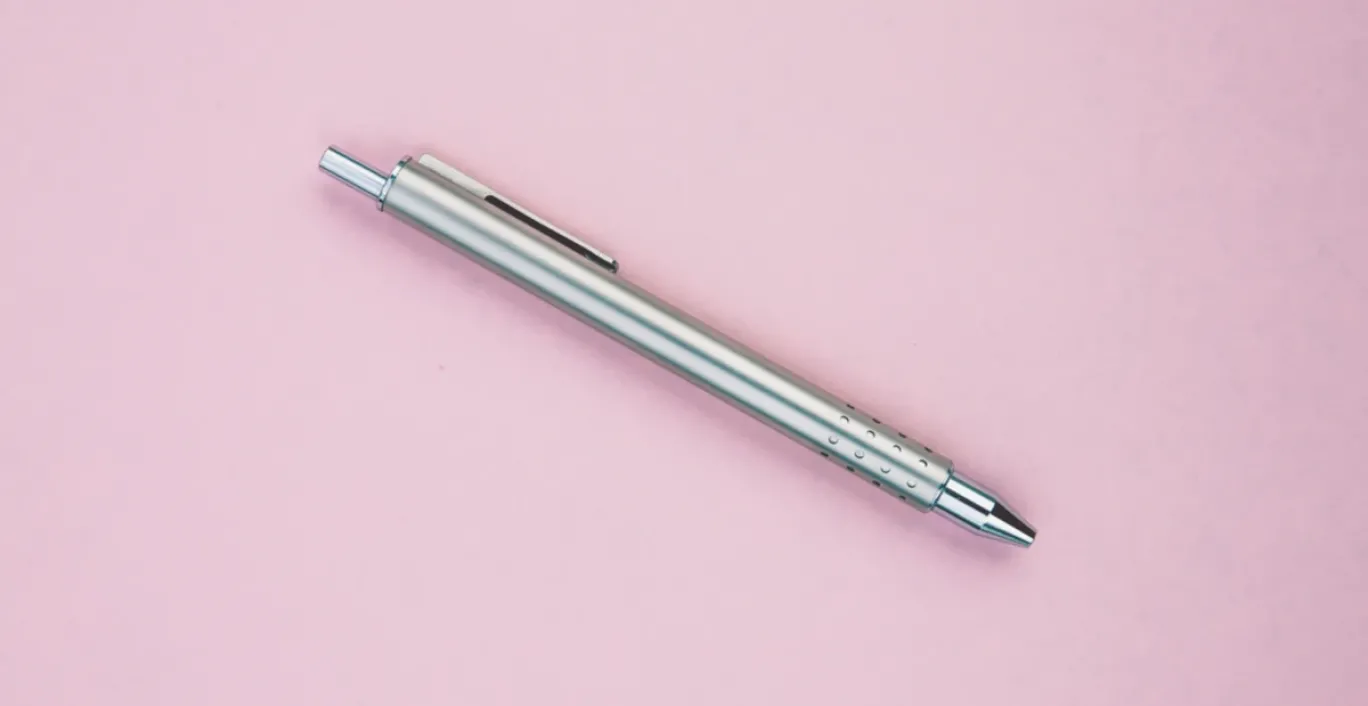How do you motivate respondents to sign up for your user survey? And what should a sign-up sheet have at least in terms of content? In this second article in the series of four, we discuss respondent sign-up.
Part 2 - What an application form looks like? Read more: Part 3 | Part 4
Haven't read Part 1 yet? In this article, you will learn how to prepare respondent recruitment properly, what to look out for and what is a useful approach.
The trigger to the application form
Once all the preparations for your qualitative user research are done, it is time to put out the recruitment. This starts with a 'trigger' to a sign-up form. This trigger can include an email, a flyer and/or an (ad to a) recruitment page.
What should you report in this 'trigger'?
That it is a survey and what the survey is about.
What is the reason and purpose of the survey? Think about improving a service or finding out how to improve your product or service.
What you are asking of the respondent. Think feedback, or "we need your help with that" or "we need your help to improve our product/service."
The 'What's In It For Me'; why participate? Think a unique look behind the scenes, no preparation required, duration of survey is 60 minutes at most or participants in previous surveys enjoyed participating.
Compensation of travel expenses and/or incentive.
When the survey is (date(s)).
The location where the survey will take place.
Simple URL to the application form.
Contact details for any questions. Should anyone contact you, you can unburden them and perhaps persuade them to participate in the study.

Communicate in your trigger with 'research'. Not with 'user research', 'user test' or 'test'! These terms can give the impression that the respondent is being tested, which can be a deterrent.
Tip: If your user survey has a sensitive/personal topic, mention which process and/or service you will cover during the survey. And that it will therefore not cover substantive issues such as his/her condition, device or treatment.
The application form
For the registration form, you can use services such as Google Forms or Typeform. We use Google Forms. We do this because it is linked to a spreadsheet, the data then stays within one document and we need to perform fewer operations.
Important elements to include in the application form, are:
A title: name of the survey and a statement or question that attracts attention.
A description. For example, "Nice that you want to participate in our survey. Together with your help, we want to see how our product performs and we would like to hear your feedback on this. We need the following information from you so we can provide you with an exact time, location and additional information."
Input fields: first and last name, preferred day and time of day (if applicable), phone number, email address, any additions.
Statement that all fields are required.
Disclaimer and terms and conditions.
Thank you message: after pressing the 'submit' button with follow-up instructions.
View an example of a registration form here. If you press send* you will see an example of a thank-you message.
*This form is a dummy and created as an example. Completed data will not be saved!
Tips for an effective application form
To make it easier for yourself, we recommend using dayparts for the preferred time in signing up. This makes you more flexible with scheduling respondents than if you work with exact times.
When a daypart is full, it is smart to adjust the registration form. Otherwise, you will get double registrations. Of course, it never hurts to have some reserve registrations.
To manage really interested respondents well, it is good to explain the process clearly. For example, that you make two call attempts and then send an e-mail. In that mail, you can then indicate that a response is needed within 24h to confirm the appointment.
Always indicate clearly that the application was successful and that the respondent can close the window. This gives people assurance that the sign-up went well and provides a clear follow-up.
Try to be as precise as possible. Instead of communicating with 'as soon as possible', it is better to be too specific: we will call you back within an hour/within 24 hours/today/before 6pm.

Read more: How to contact respondents
In this second article in the series 'recruiting respondents for qualitative user research', you learned how to trigger potential respondents to go to the submission form and what this submission form should ask for in terms of information.
In the third article, we look at the steps after registration. What is best to do with the input from the registration form and how best to approach respondents?
Part 3 - Contacting the respondent
Part 4 - Sending a reminder, planning for the day and what happens after the examination?
Haven't read Part 1 yet? No problem, you can find it here: Part 1 - Preparing the recruitment
Meld je aan voor onze nieuwsbrief en ontvang maandelijks praktische inzichten, tips en tricks om je op weg te helpen naar online groei!
Vul hieronder jouw e-mail in en ontvang direct een handig weetje 🙂
